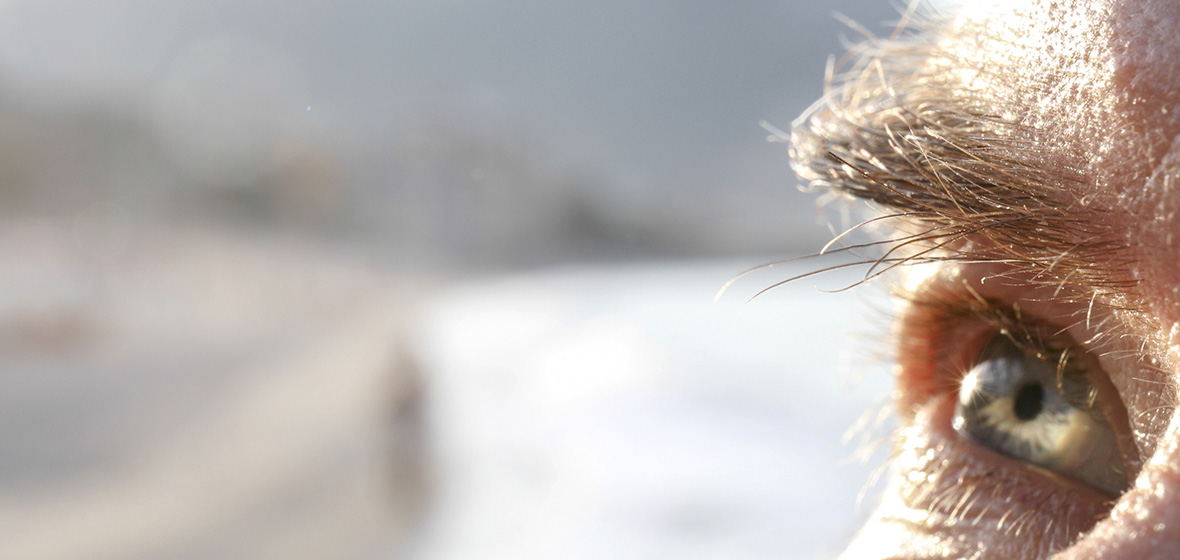
Even in times of poor air quality outside, you may go about your day as normal. However, your eyesight may be negatively affected by outdoor air pollution.
Air pollution mainly consists of an overabundance of chemicals. These chemicals include chloroflurocarbons, dioxin, lead, arsenic, particulates, benzene, asbestos, sulfur dioxide, nitrogen dioxide and carbon monoxide. Smoke, such as from the recent Canadian wildfires, can contain many of these chemicals and more.
When your eyes encounter smoke, small chemical particles can be absorbed into your tears and coat your eye surfaces, causing negative impact to your vision. When you’re outside or shortly after, your eyes may water, be irritated and red, or feel like they’re burning or gritty. You could even notice other visual problems, such as issues seeing certain colors and refractive errors that cause blurriness.
According to a study in the National Library of Medicine, outdoor air pollution can directly cause eye problems such as dry eye disease and conjunctivitis (pink eye). Long-term exposure to air pollution has been associated with diseases that are detrimental to vision, including diabetic retinopathy, macular degeneration, retinal layer thinning, uveitis, glaucoma and cataracts.
What Can I Do to Protect My Eyes?
You can take the following steps to reduce or prevent impact of air pollution on your vision:
- Visit gov to check your local Air Quality Index (AQI).
- When the AQI is high, stay indoors when possible. Negative effects of high AQI increase the longer you spend time outside.
- If you do still have to go outside during days with high AQIs, wear glasses to protect your eyes from dust and irritation.
- If your eyes do get irritated, put a cool compress on them. Lubricating eye drops can also help. Avoid wearing contacts and applying eye makeup until your eyes are completely healed.
If you experience vision problems, schedule an appointment at UofL Health – Eye Institute by calling 502-588-0550.









